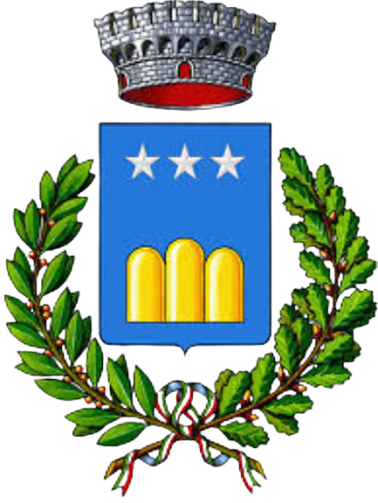Latronico is a municipality of about 4,200 inhabitants located in southern Basilicata on mainly mountainous and hilly terrain.
Latronico Centro is divided mainly into two areas: an upper part where the Old Town is located and a lower part where the town’s businesses and offices are concentrated.
The Centro Storico, in Capadavutu dialect, is characterized by the peculiar conformation of the houses set to form the typical Carrare (a labyrinth of narrow streets that form corridors between the outer walls of the houses and are no more than a meter wide) and by a series of historic buildings (Palazzo Arcieri) and churches (Basilica Minore di S. Egidio Abate, Chiesa di San Nicola).
Descending to the lower part of the town we find Piazza Umberto I, the nerve center of the town, a meeting place for the people of Latroniche. Other districts branch off from the square, including Munisteriu, where a monastery of Basilian monks once stood, Fontana ‘a Villa and Viscigliu, more recently built and with a higher concentration of inhabitants.
Three kilometers from the center of Latronico lies the hamlet of Calda, where we find sulfur springs, prehistoric caves, municipal museums (Archaeology, Thermalism, Peasant Civilization) and, close to the Sinni River, the spa complex with accommodations and sports center.
A little more than 10 km away are the two most populous hamlets of Agromonte Magnano and Mileo, in whose territory are impressive beech, turkey oak, and chestnut forests. The two hamlets boast a fair amount of entrepreneurial activity and several productive settlements.
Although information regarding the origins of the present town of Latronico is very uncertain, archaeological research has proven the existence of a settlement of a community of Oenotrian origin in what is now called “Colle dei Greci.”
In fact, the presence of human settlements in this part of the Lucanian territory dates back as far as the Mesolithic, and traces of an early human community have been found in the Calda Caves, right near the hot springs.
There is no clarity about the historical events of Latronico in the period between the 3rd century B.C. and the 11th century, until in 1063 the name of the town appears for the first time in a document. In the course of time Latronico is a fief of Cola di Jonata, the Sanseverino family, the Palmieri family, the Corcione family, and then the Jesuits. When the latter were expelled from the Kingdom of Naples (1767), it passed to the State Property.
From 1861 to 1865, the phenomenon of brigandage also affected the “spa country,” which began to be exploited from the Fascist period.
Source: Latronico – Your Home in Latronico, Latronico – Basilicata Tourism



